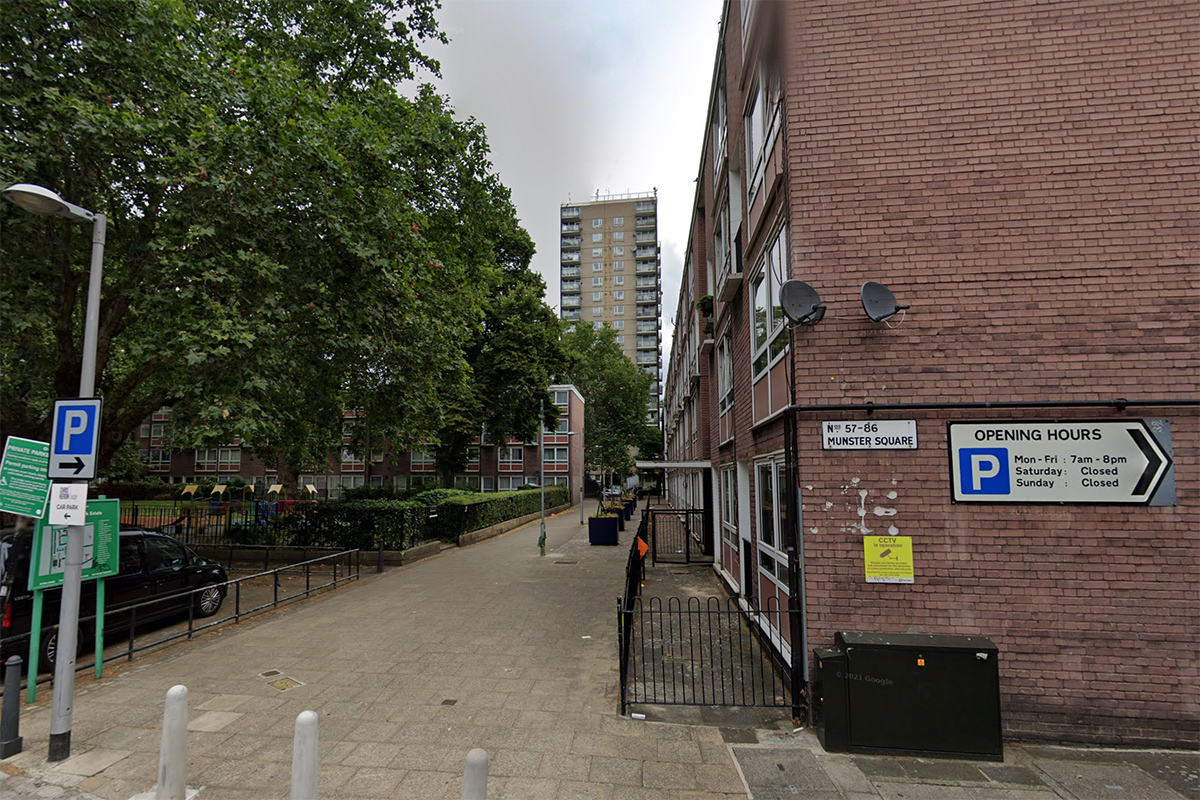You are viewing 1 of your 1 free articles
Regulator rules ‘sham transactions’ association is non-compliant
The regulator has ruled that a housing association accused of using “sham transactions” to violate agreements to provide affordable housing is not compliant with its standards.
Pathfinder, the Regulator of Social Housing said, could not provide evidence that its arrangements with third parties had not “inappropriately advance[d] the interests of third parties”.
The regulator also said that Pathfinder couldn’t demonstrate effective management of “conflicts of interest” and concluded that it was non-compliant with its governance standards.
In its judgement, the regulator said it was considering taking enforcement action as Pathfinder’s board has said it does not plan to change its practices.
Pathfinder, previously called London District Housing Association, was taken to court by Southwark Council over claims it deliberately violated its Section 106 agreements.
The council alleged that the association “conspired” to use “sham transactions” to sell homes on the open market that should have been sold as shared ownership, in a court case in 2016. The association has always denied this.
The regulator said in its judgement: “Pathfinder entered into arrangements to acquire the legal interest in the social housing units and hold the beneficial interest on trust for the third party entities providing the monies for the purchase of social housing assets and held for them on trust.”
It also criticised Pathfinder’s response to the regulator’s investigation, saying: “The board has not demonstrated that it recognises the seriousness of Pathfinder’s situation.
“In its engagement with the regulator the provider stated that it had not ruled out entering into similar arrangements in future and that it intended to follow the approach to due diligence previously taken.”
The regulator added: “Pathfinder transferred its social housing assets in other London boroughs when the litigation commenced. Assets were transferred to entities with connections to both Pathfinder and to the beneficial owner with no evidence of consideration of how this met the charity’s objectives.
“Loss of social housing assets and failing to deliver its objectives is a significantly adverse outcome for Pathfinder.”
Regulatory judgements published on 29 August
| Provider | Governance | Viability | Explanation |
|---|---|---|---|
| Bromford Housing Group | G1 | V1 | No change |
| Wandle Housing Association | G2 | V2 | Governance downgrade |
| Wirral Partnership Homes | G2 | V1 | Governance downgrade |
Regulatory judgements published on 25 July
| Provider | Governance | Viability | Explanation |
|---|---|---|---|
| Black Country Housing Group | G1 | V1 | No change |
| East End Homes | G1 | V2 | No change |
| Equity Housing Group | G2 | V2 | Governance and viability downgrade |
| Great Places Housing Group | G1 | V1 | No change |
| Hundred Houses Society | G2 | V2 | No change |
| Leeds and Yorkshire Housing Association | G2 | V1 | Governance downgrade |
| NSAH (Alliance Homes) | G2 | V1 | Governance downgrade |
| Paradigm Housing Group | G1 | V1 | No change |
| Shepherds Bush Housing Association | G1 | V1 | Governance upgrade |
| West Kent Housing Association | G1 | V1 | No change |
Regulatory judgements in England explained
The Regulator of Social Housing publishes regulatory judgements for all providers owning 1,000 or more social housing homes.
These judgements set out whether the provider is complying with the regulator’s governance and financial viability standards.
The regulator carries out an assessment either through a scheduled in-depth assessment, or reactive engagement (in which the regulator acts following information about a provider).
It then awards the provider a rating from one to four for financial viability (V) and a separate rating from one to four for governance (G).
Providers must score two or higher in both categories to be judged as complying with the standards.
As providers have increasingly taken on more risk to cross-subsidise social and affordable housing delivery through market-facing activity, the regulator has changed a number of associations’ viability ratings from V1 to V2.
The regulator often categorises this kind of regulatory action as ‘regrades’ rather than downgrades. Click here to read more.
Key to ratings:
V1/G1: Compliant
V2/G2: Compliant
V3/G3: Non-compliant and intensive regulatory engagement needed
V4/G4: Non-complaint, serious failures, leading to either intensive regulatory engagement or the use of enforcement powers
Rating straplines in full:
Governance ratings:
G1: The provider meets our governance requirements.
G2: The provider meets our governance requirements but needs to improve some aspects of its governance arrangements to support continued compliance.
G3: The provider does not meet our governance requirements. There are issues of serious regulatory concern and in agreement with us the provider is working to improve its position.
G4: The provider does not meet our governance requirements. There are issues of serious regulatory concern and the provider is subject to regulatory intervention or enforcement action.
Financial viability ratings:
V1: The provider meets our viability requirements and has the financial capacity to deal with a wide range of adverse scenarios.
V2: The provider meets our viability requirements. It has the financial capacity to deal with a reasonable range of adverse scenarios but needs to manage material risks to ensure continued compliance.
V3: The provider does not meet our viability requirements. There are issues of serious regulatory concern and, in agreement with us, the provider is working to improve its position.
V4: The provider does not meet our viability requirements. There are issues of serious regulatory concern and the provider is subject to regulatory intervention or enforcement action.
Jargon-busting: some regulatory terms and what they mean
- Co-regulation: this means boards are responsible for deciding how to meet the regulator’s standards – the regulator does not prescribe how to do this
- Gradings under review list: a public list of providers under investigation who are at risk of being judged non-compliant with regulatory standards
- In-depth assessment: a planned inspection, in which the regulator assesses a providers viability, governance and approach to value for money
- Narrative regulatory judgement: a detailed explanation of the reasons behind a regulatory judgement. Narrative judgements are published where a providers’ viability or governance ratings have changed, or where RSH has particular issues or concerns.
- Reactive engagement: refers to the regulator reacting to complaints or allegations about a provider and taking action
- Stability check: an annual assessment of all providers owning 1,000 social homes or more. RSH uses accounts and statistical return data to check for any changes in a providers’ risk profile.
- Strapline regulatory judgement: where a provider is meeting the standards, and its governance or viability ratings have not changed since its previous judgement, the regulator does not publish a full judgement explaining its reasons for the gradings. Instead it just publishes the gradings themselves, in a ‘strapline’.













